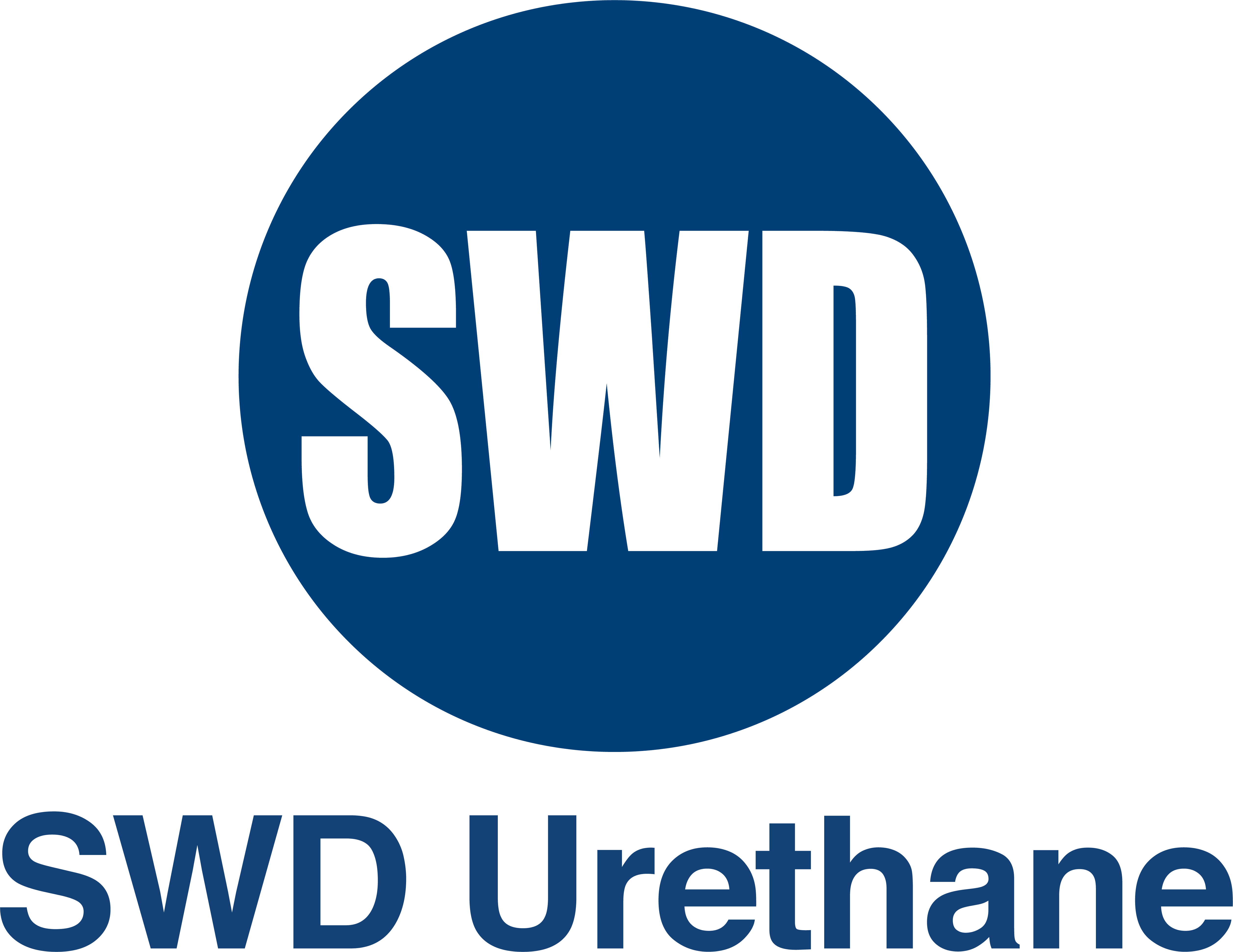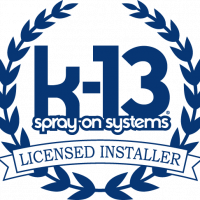Proper insulation is one of the most important investments you can make in your home to conserve energy and keep the interior of your home comfortable all year long. When installing new insulation in Northern California, you’ll have a wide range of options available, including rigid board insulation.
The most popular types of insulation across the country are generally batts or mats of soft insulation, but there are also fiberglass, cellulose and natural wool insulation materials that are popular alternatives. With rigid board insulation, you get hard, dense sheets of foam, typically polystyrene or polyurethane. The chemical structure of these substances is “closed cell,” which differs from many other insulation products that tend to be open cell.
The benefit of closed-cell insulation like rigid board is that it’s more durable and resistant to the elements. It also provides a greater R-value than open-cell insulation, meaning the insulation capacity is better for those types of products.
Expect most rigid foam products to come in 4’x 8’ sheets, with thicknesses ranging from 1/2” to 2”.
Situations in which rigid insulation is most beneficial
Wondering how rigid insulation is used in Northern California? Rigid board insulation can come in handy if you’re finishing a new section of a home, or doing a full remodel down to the studs. Rigid foam board is easily installed in between exposed studs, or along concrete walls in your basement. You can then install furring strips over the board to provide a secure base to finish the wall with drywall or other wall materials.
Rigid foam board is generally recommended for use against concrete walls, and is generally a better option than loose cellulose or fiberglass. Because concrete can seep moisture, open-cell insulation products like fiberglass could absorb that moisture through the concrete, resulting in a buildup of mold or mildew. You don’t have to worry about moisture affecting rigid boards, and thus won’t have to worry about potential mold or mildew problems forming behind your walls. Technically the foam is water resistant, not waterproof, so you don’t want it to be exposed to anything beyond normal basement and foundation moisture levels, but it should still offer more than enough protection for most people’s needs.
Of course, rigid foam board can be used in any other area of your home as well, though it’s generally recommended for external use or below-grade applications because of its natural moisture resistance. You can expect rigid foam insulation to last at least a century, meaning once it’s installed, you’ll never have to replace it.
The downside of rigid foam board is that it’s not particularly fire resistant in comparison to other insulation options, like mineral wool. But for the most part, you’ll find it to be an effective, reliable insulation option for most installation setups.
For more information about rigid insulation and the various other types of insulation available on the market in Northern California, we encourage you to contact the team at Ace Insulation Inc. with any questions. We’d be glad to tell you more about our products and services.


